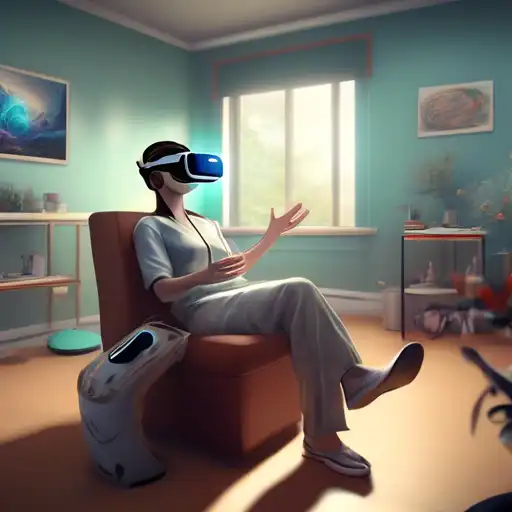The Transformative Power of Virtual Reality in Therapeutic Practices
Virtual Reality (VR) technology has transcended its initial entertainment-centric applications to become a groundbreaking tool in the field of therapy. By immersing patients in controlled, virtual environments, therapists are now able to treat a variety of psychological and physical conditions more effectively than ever before.
Understanding VR Therapy
VR therapy, also known as virtual reality exposure therapy (VRET), leverages the immersive power of VR to simulate real-world environments for therapeutic purposes. This innovative approach allows individuals to confront and work through their fears, anxieties, and traumas in a safe and controlled setting.
Applications of VR in Therapy
The applications of VR in therapy are vast and varied, including but not limited to:
- Mental Health: VR is being used to treat conditions such as PTSD, anxiety disorders, and phobias by gradually exposing patients to their triggers in a virtual space.
- Physical Rehabilitation: Patients recovering from strokes or injuries use VR to regain motor skills through engaging and interactive exercises.
- Pain Management: VR distracts patients from chronic pain or discomfort during medical procedures by immersing them in calming or engaging virtual environments.
- Social Skills Training: Individuals with autism or social anxiety can practice and develop social interactions in a variety of simulated scenarios.
The Benefits of VR Therapy
VR therapy offers several advantages over traditional therapeutic methods, including:
- Safety: Patients can face their fears without real-world risks.
- Control: Therapists can tailor the virtual environment to the patient's specific needs and progress.
- Engagement: The immersive nature of VR makes therapy sessions more engaging and less intimidating for patients.
- Accessibility: VR therapy can be accessed from anywhere, reducing barriers to treatment for those in remote areas.
Challenges and Considerations
Despite its potential, VR therapy is not without its challenges. The cost of VR equipment and the need for specialized training for therapists can be barriers to widespread adoption. Additionally, more research is needed to fully understand the long-term effects and efficacy of VR therapy across different conditions.
The Future of VR in Therapy
As VR technology continues to evolve, its applications in therapy are expected to expand. Innovations such as haptic feedback and AI-driven environments could further enhance the therapeutic experience, making VR an indispensable tool in mental and physical health care.
For those interested in exploring the intersection of technology and therapy further, consider reading about the latest advancements in mental health technology.
In conclusion, VR is revolutionizing the field of therapy by offering innovative, effective, and engaging treatment options for a wide range of conditions. As technology advances, the potential for VR in therapy is limitless, promising a future where more individuals can access the help they need in ways that were once unimaginable.
